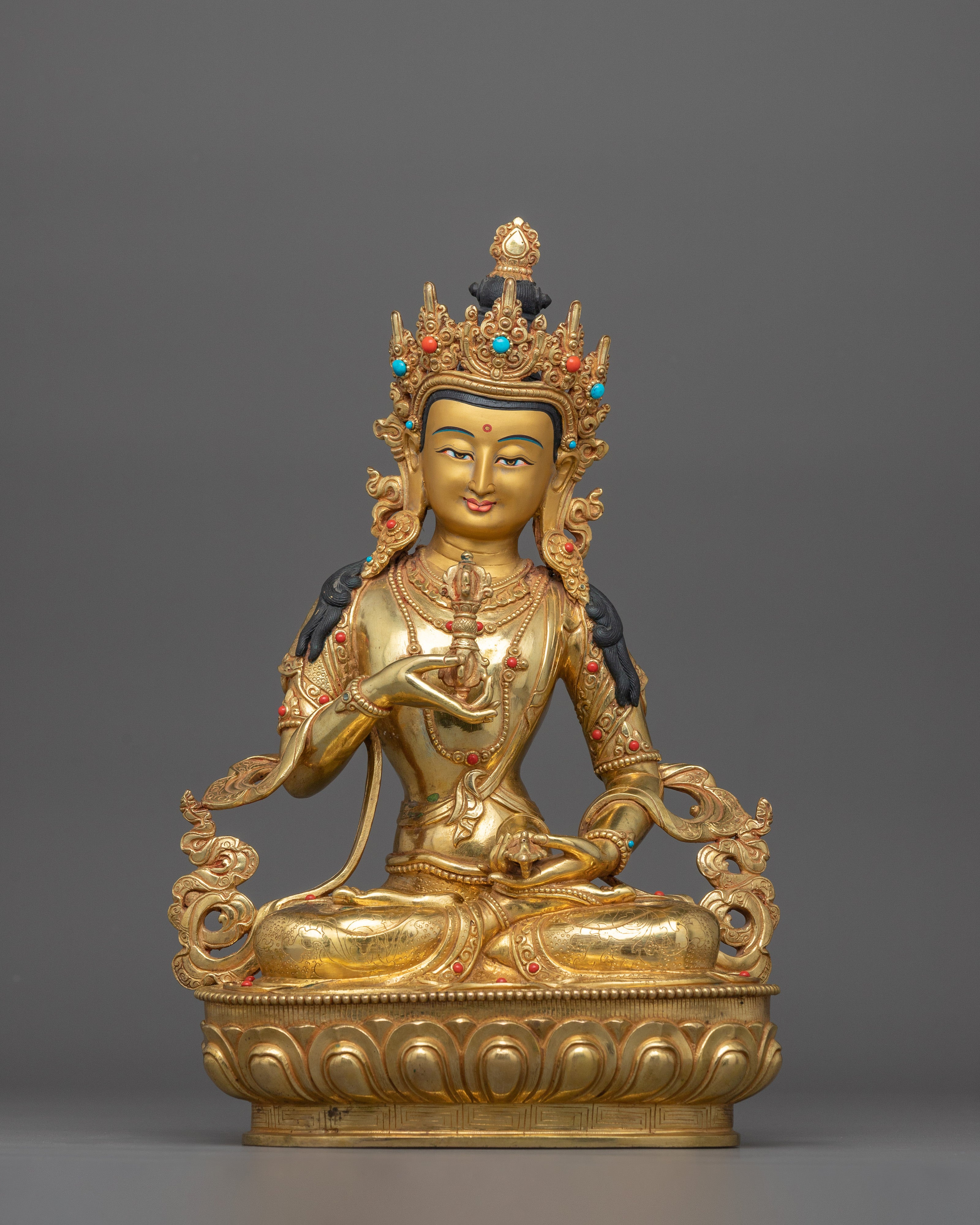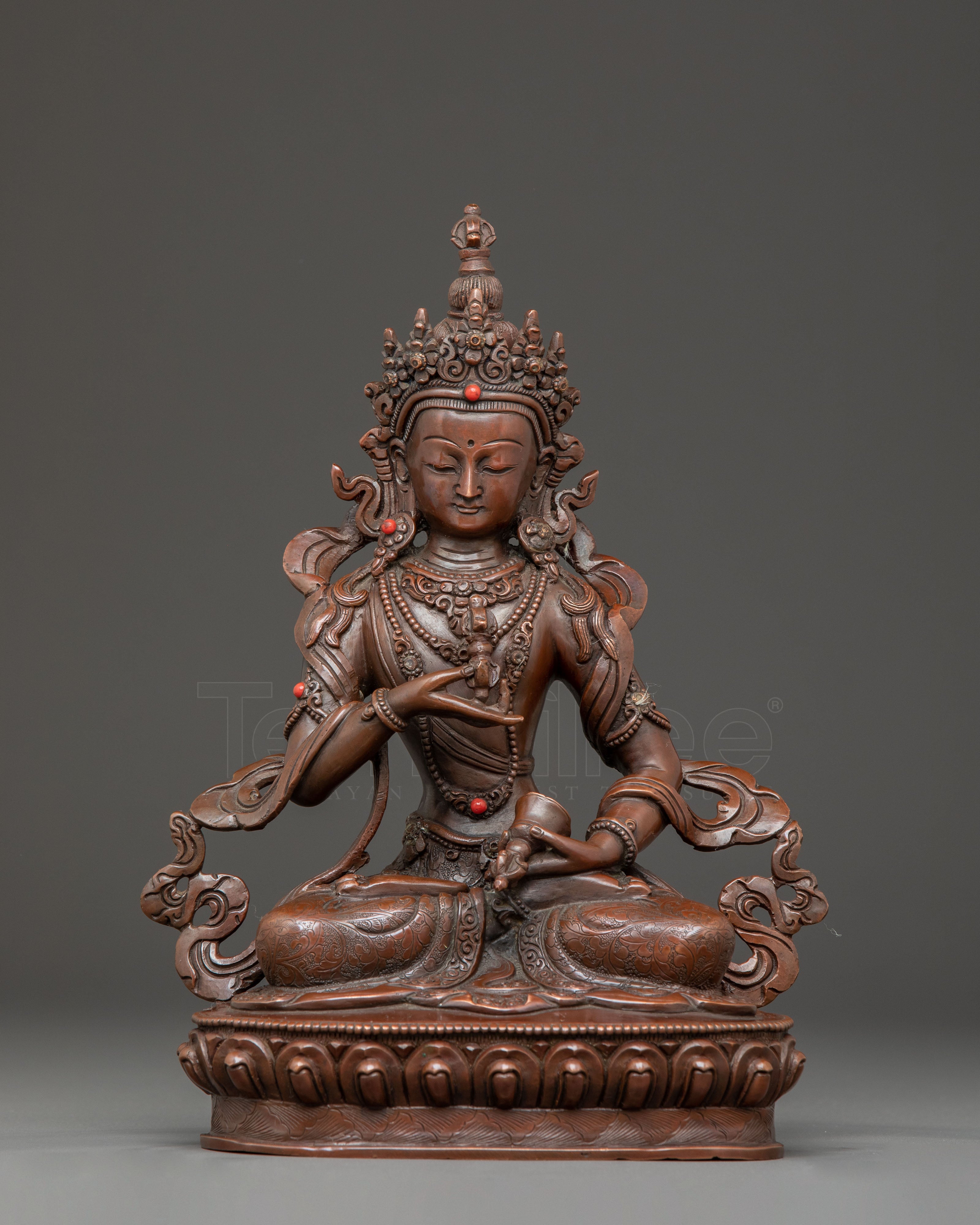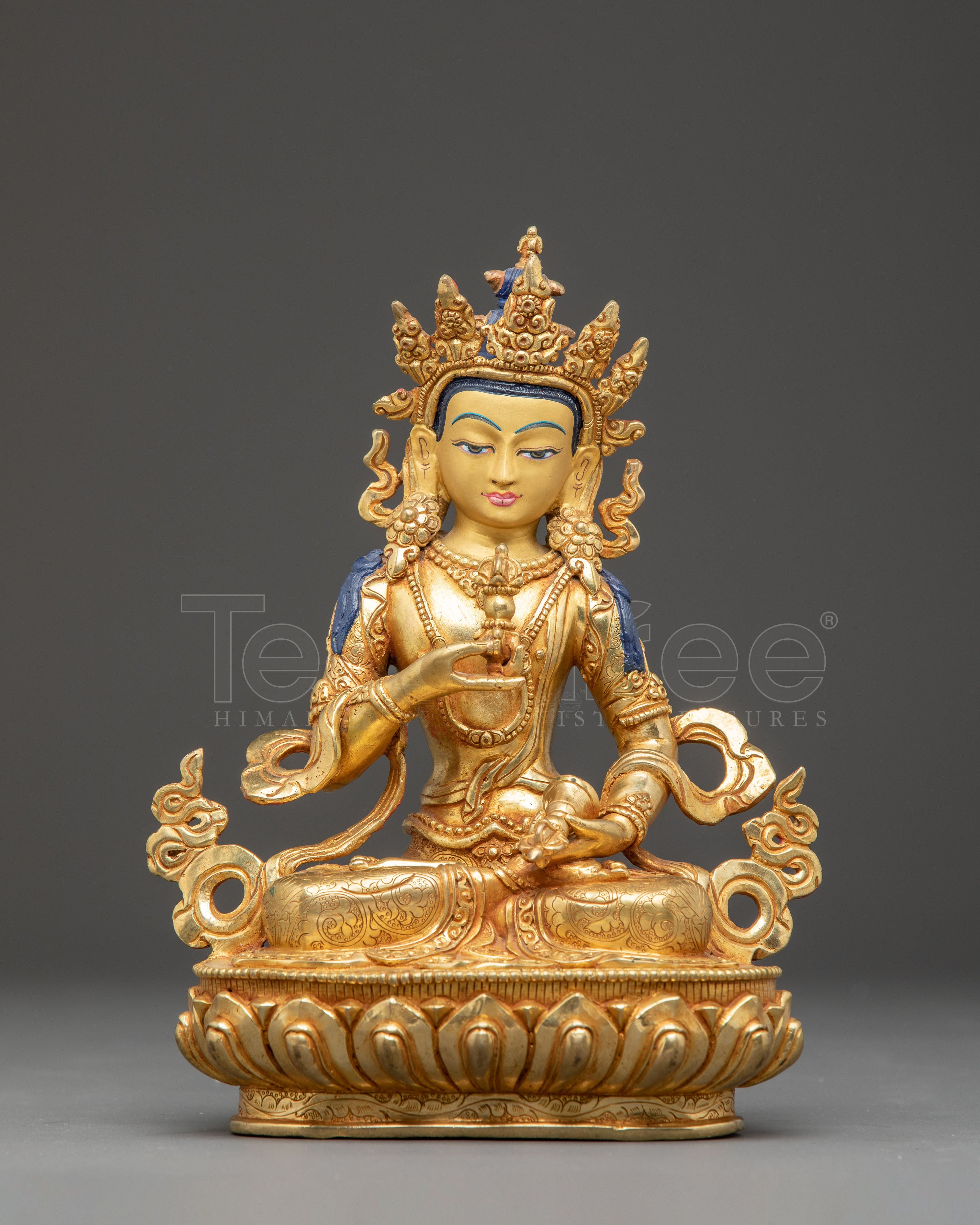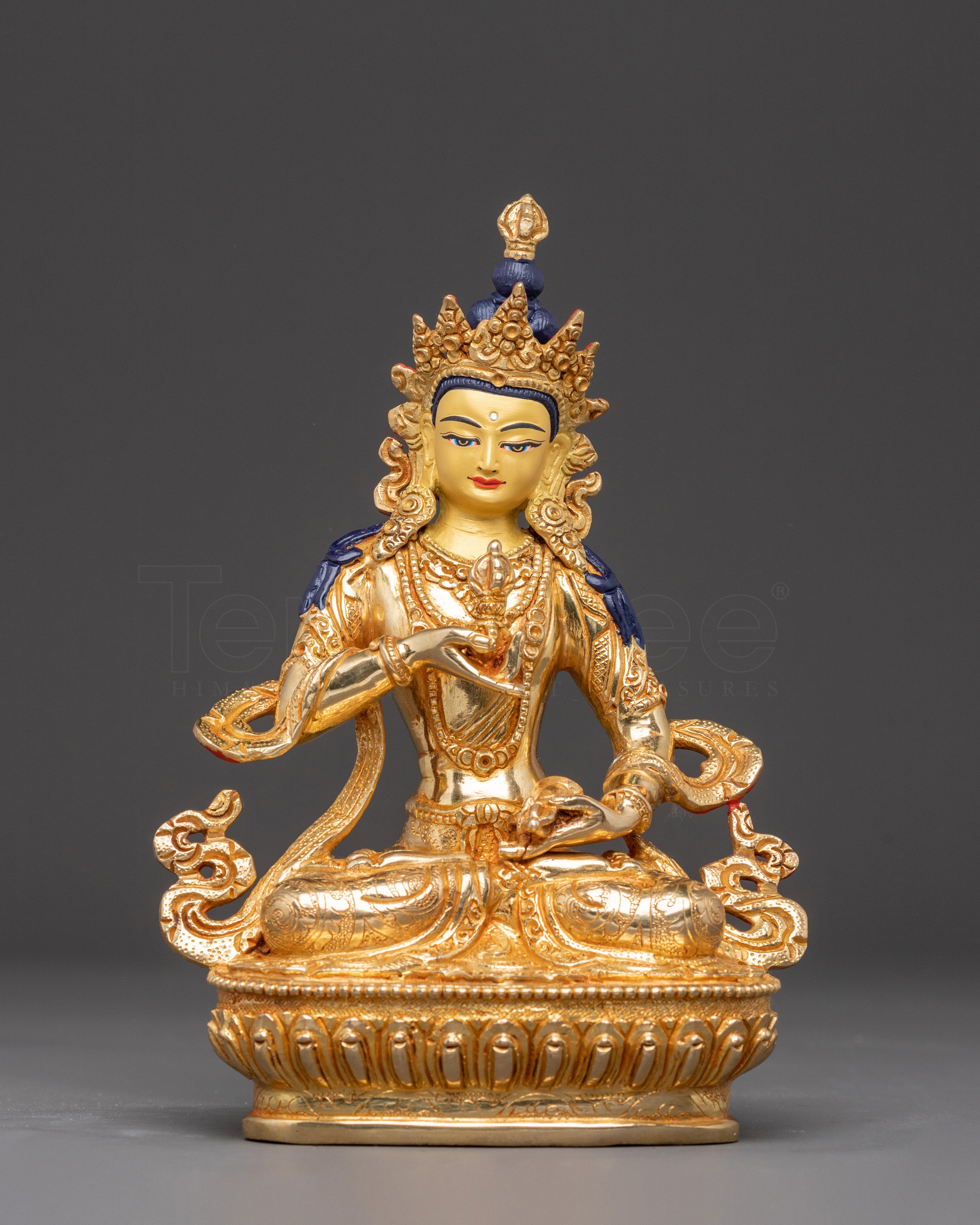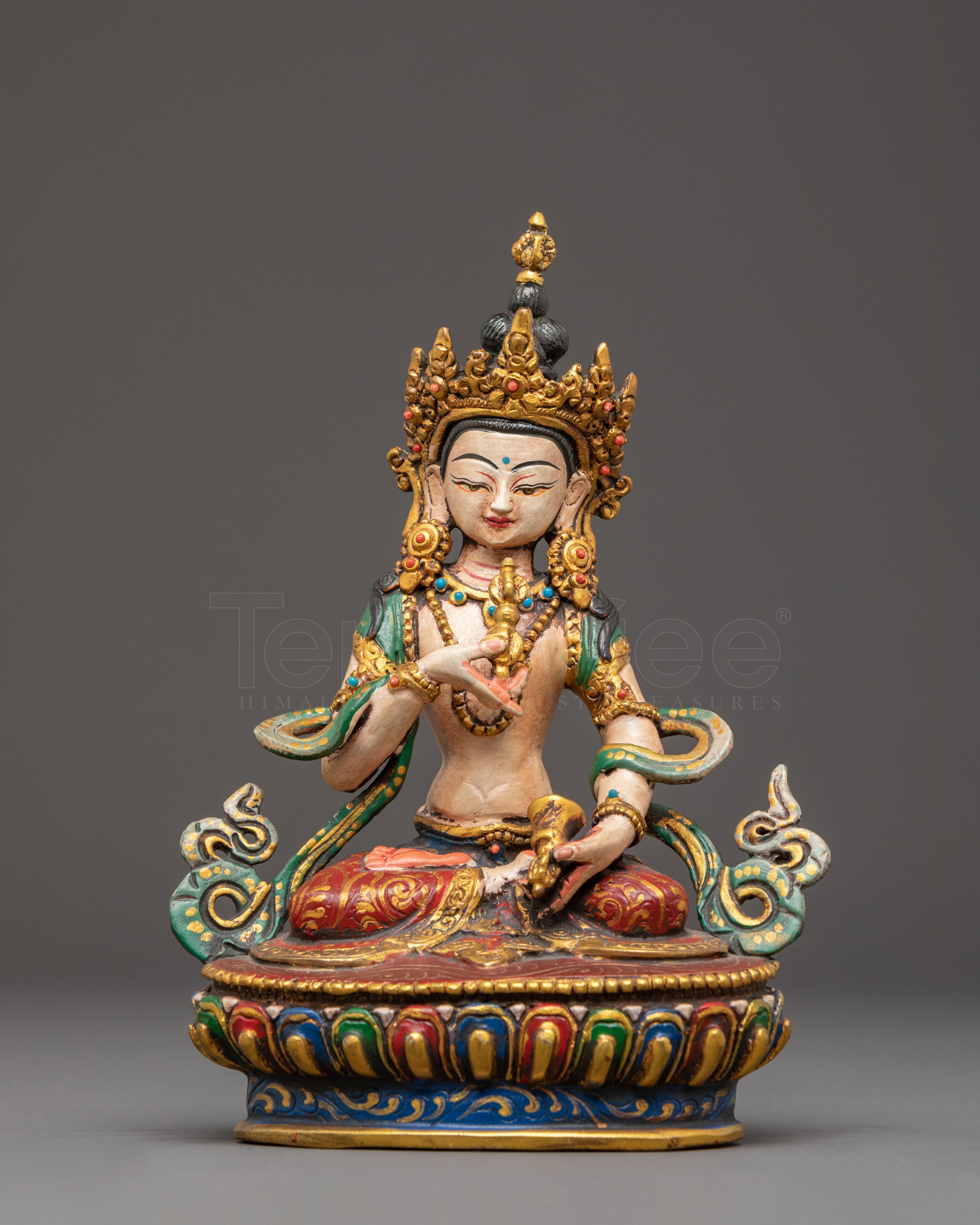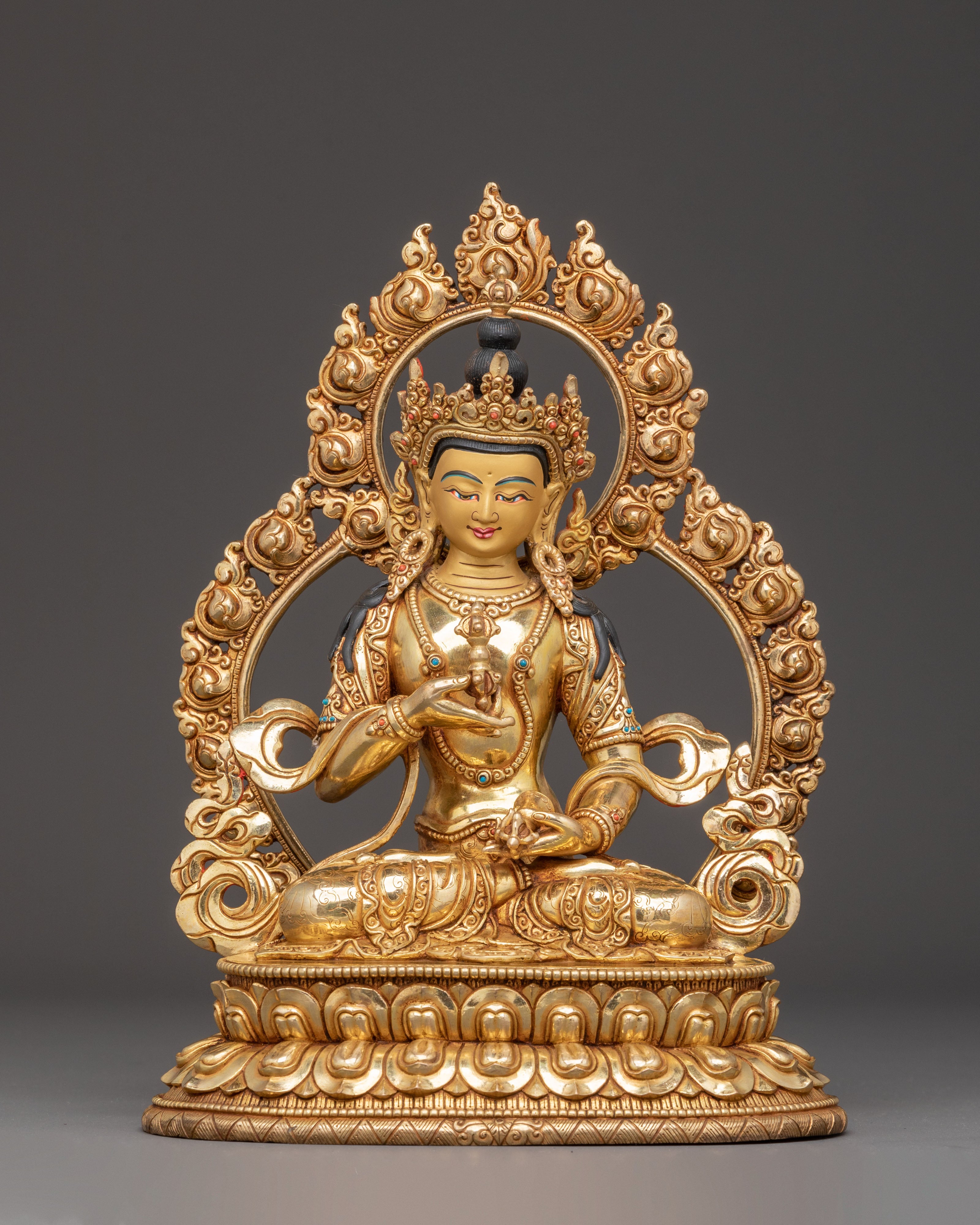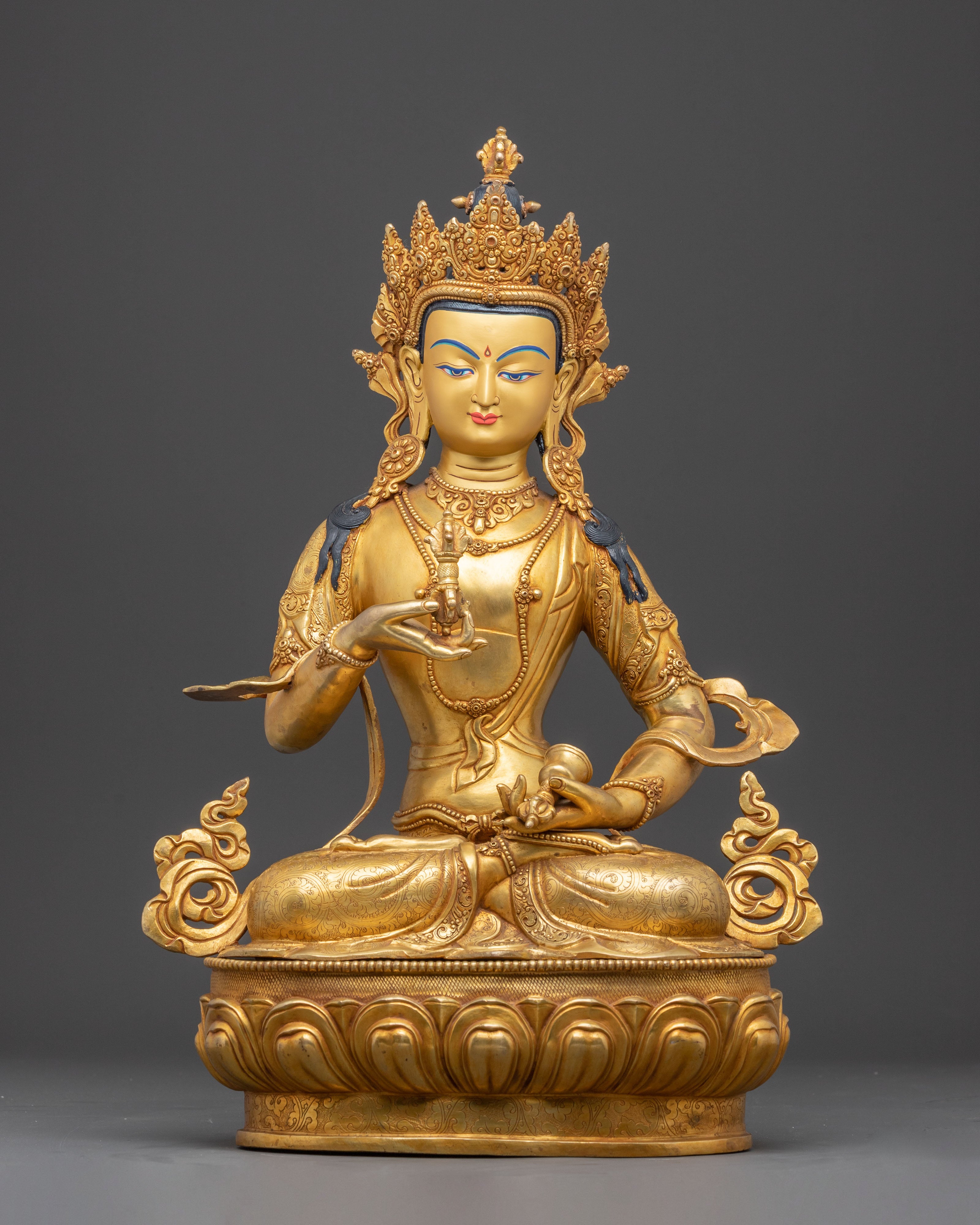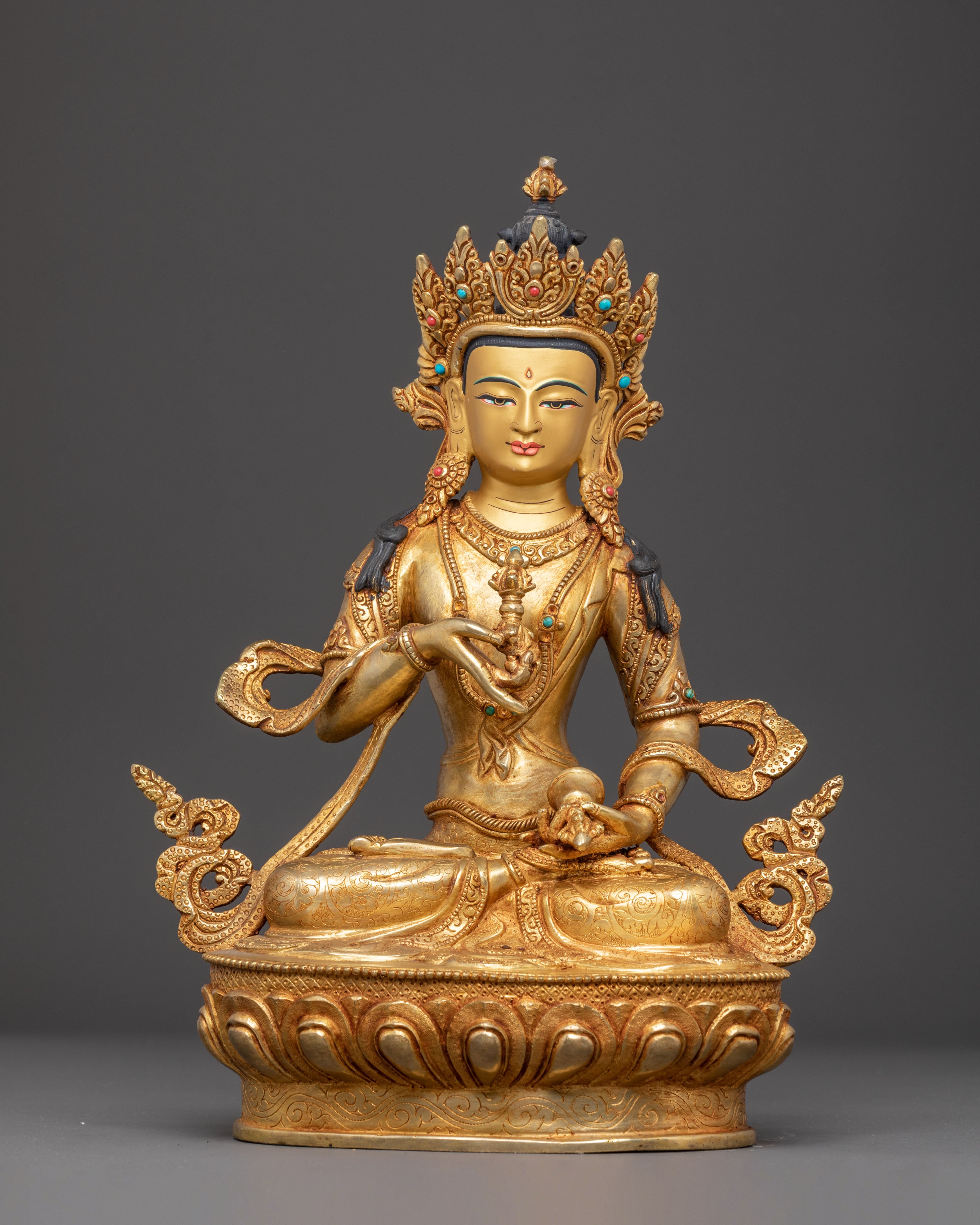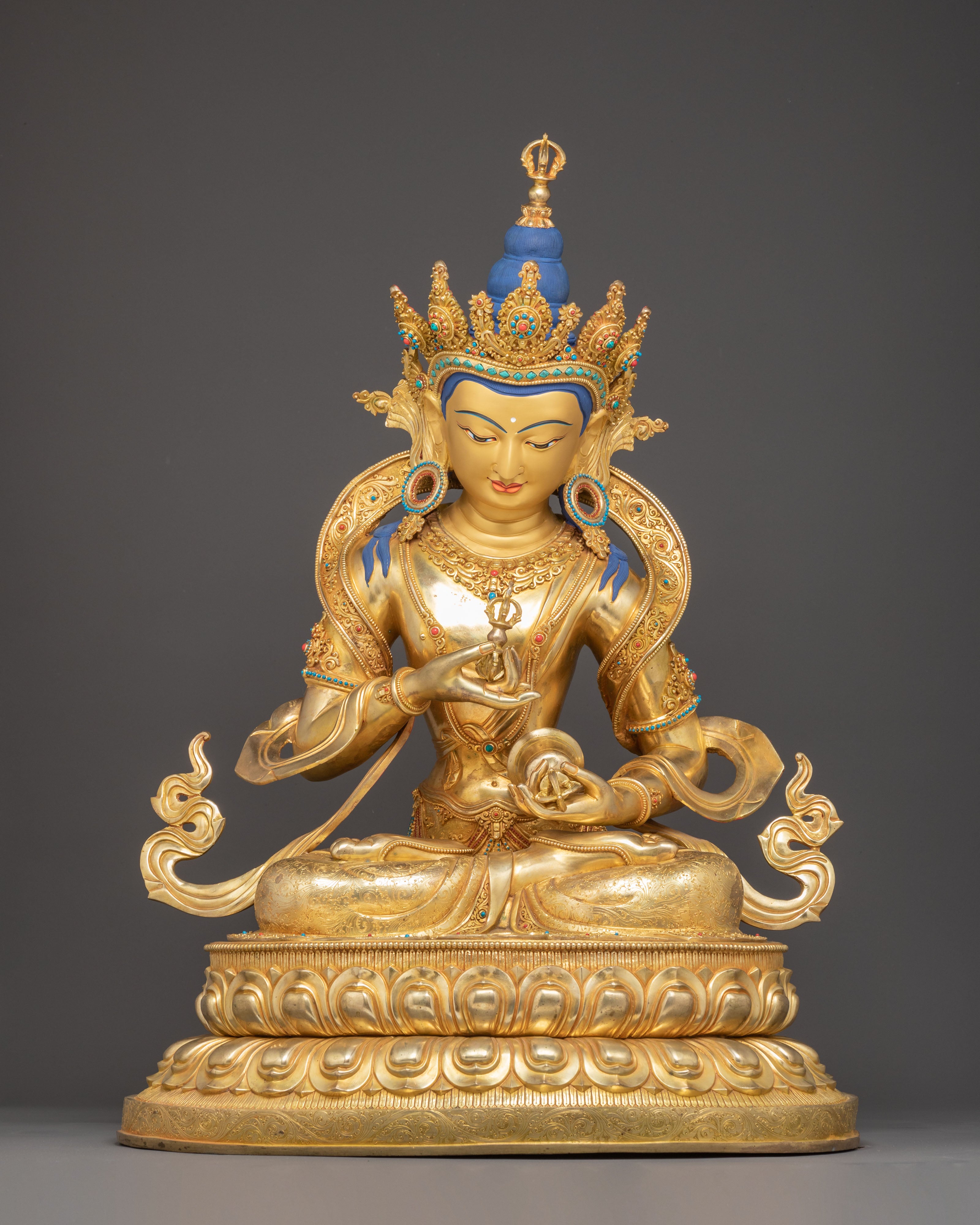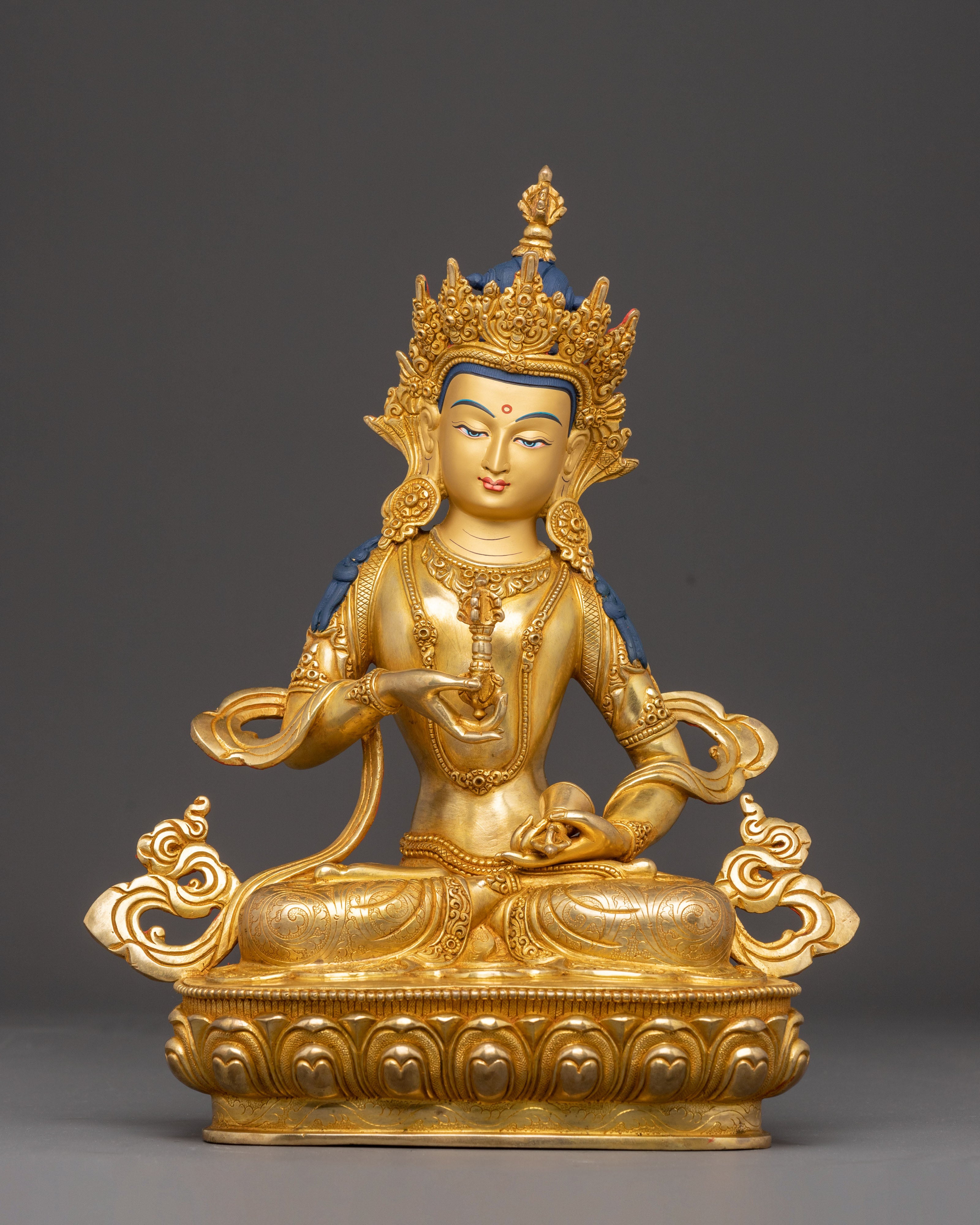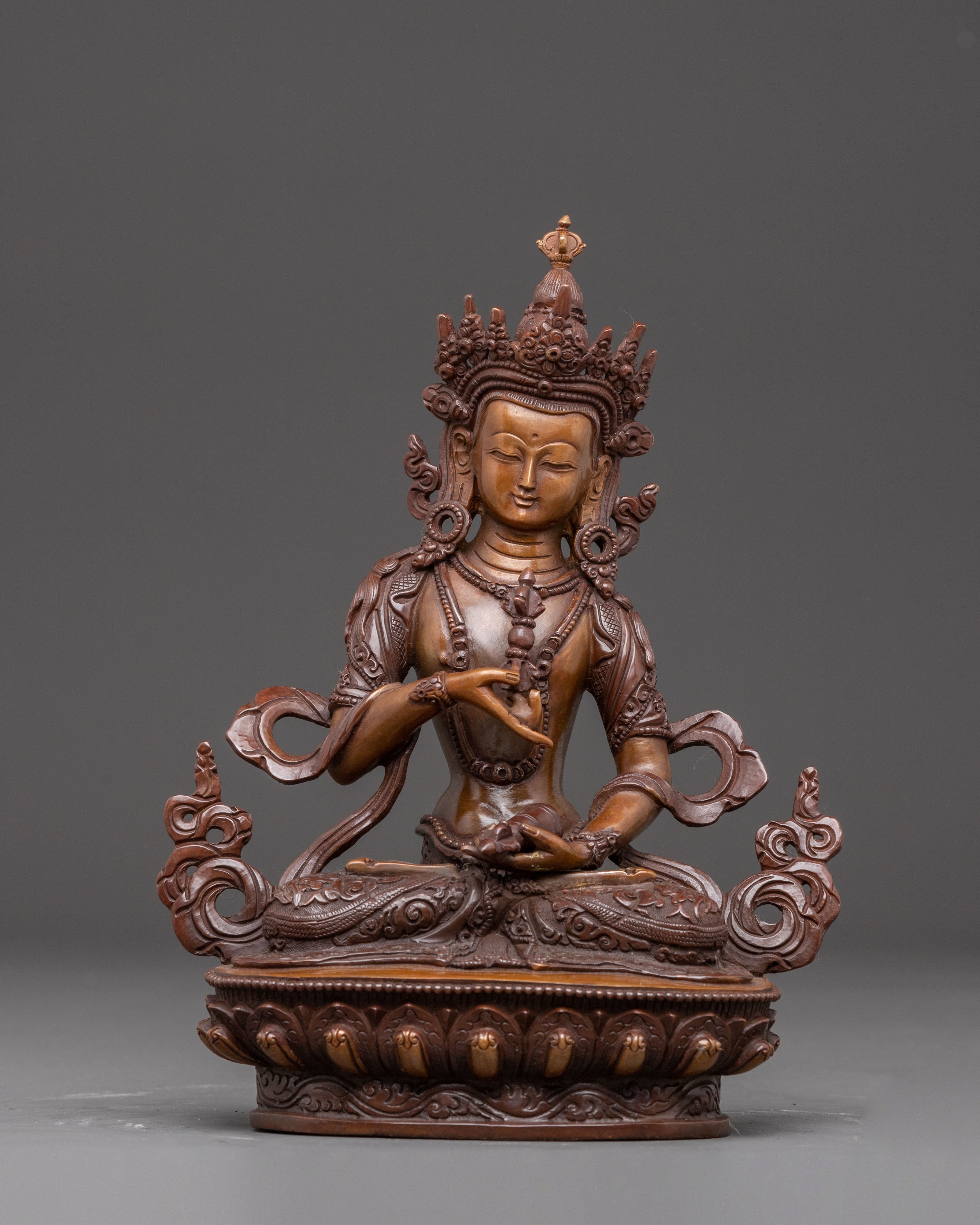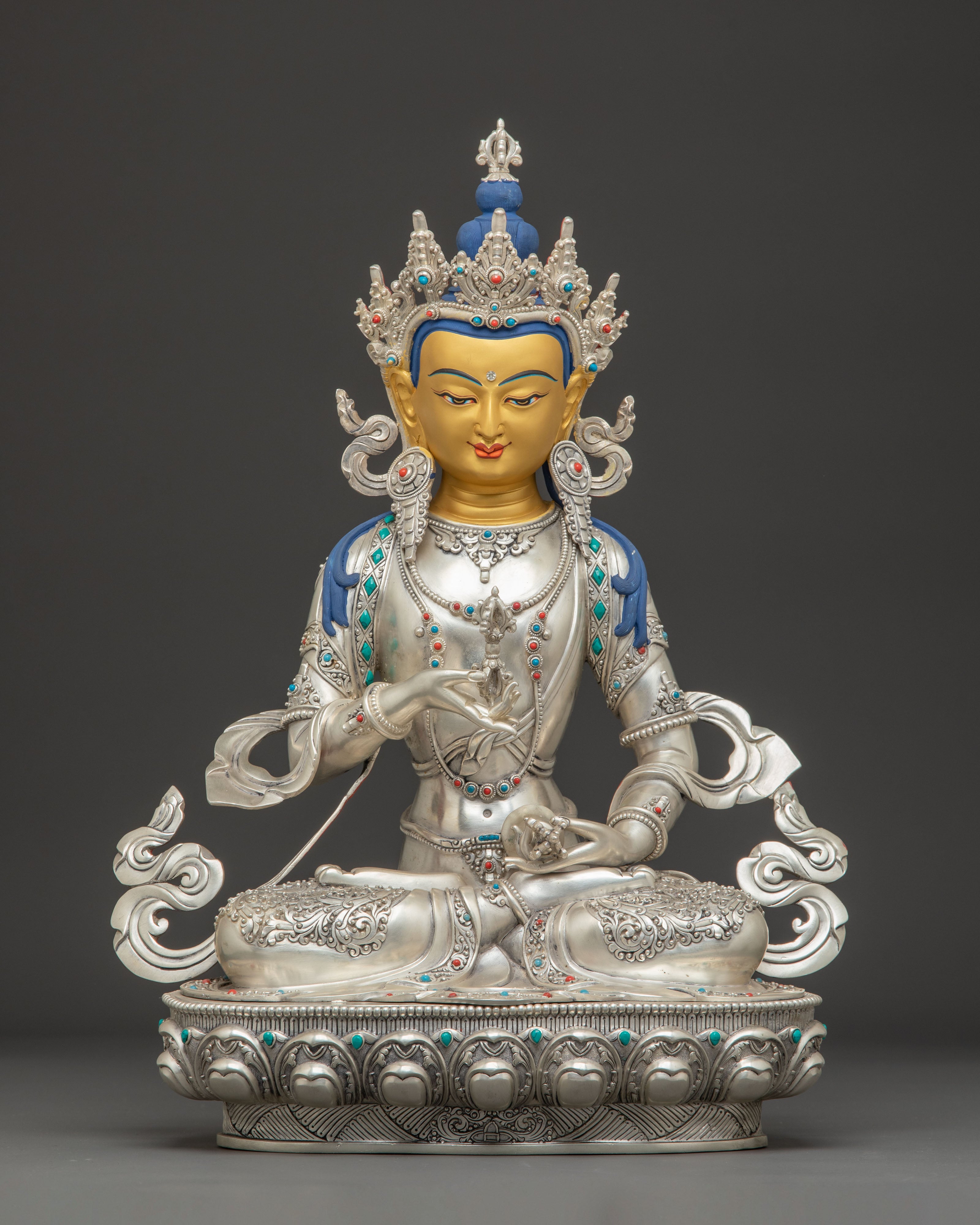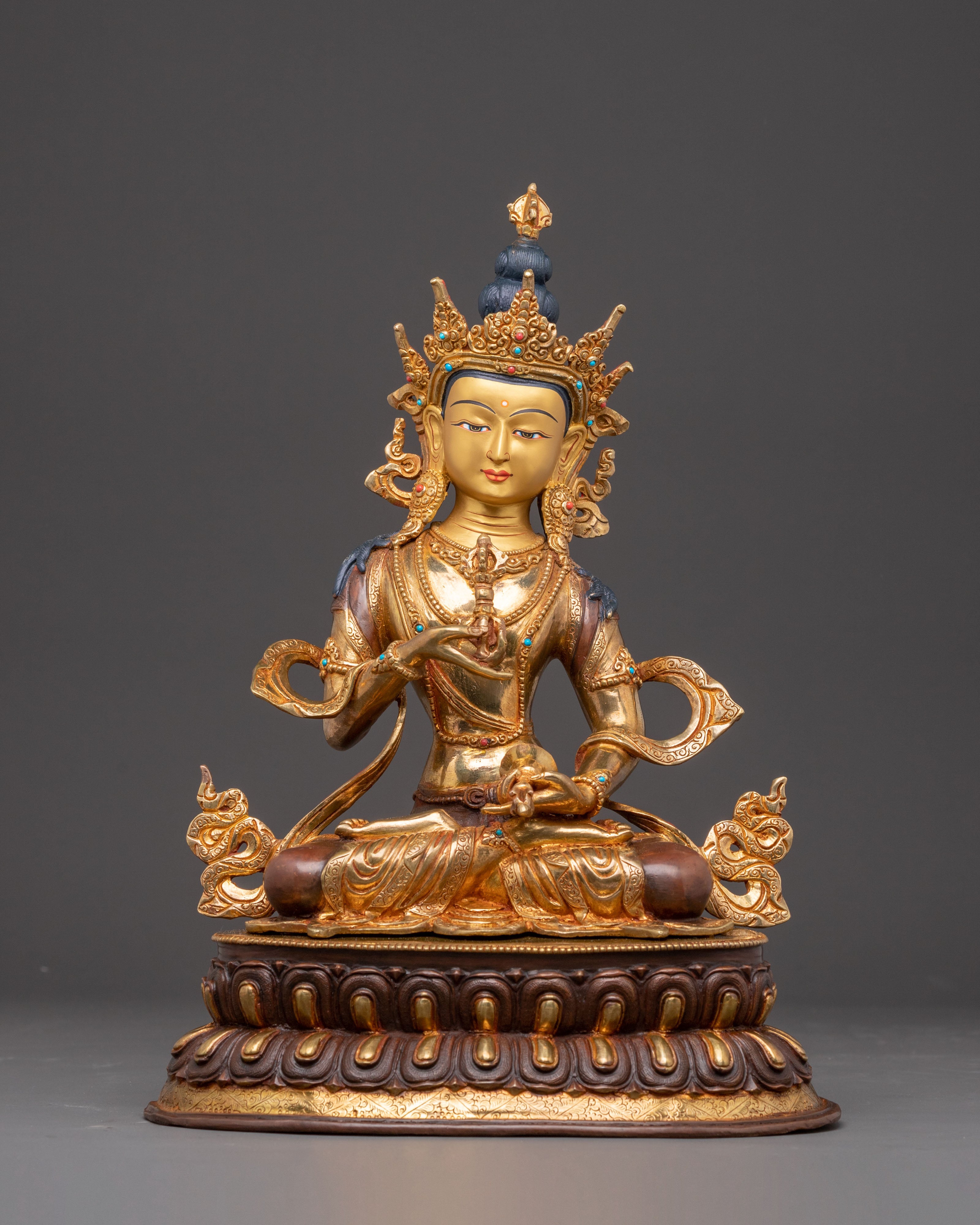Vajrasattva Statue Collection
612 products
Showing 1 - 24 of 612 products
Purity and Transformation in Sacred Form of Vajrasattva Statue:
Explore our exclusive collection of Vajrasattva statues, crafted with precision to embody the pure essence and transformative power of this vital Vajrayana meditation deity. Vajrasattva is central to purification practices, helping practitioners cleanse negative karma and deepen their spiritual path.
Who Is Vajrasattva?
Vajrasattva, known as the “Diamond Being,” represents purity, purification, and the embodiment of the enlightened mind’s clarity. He is a key figure in Vajrayana Buddhism, often invoked in advanced practices to purify obscurations and obstacles, paving the way for awakening.
Our Vajrasattva Statue Collection – Materials, Sizes, and Finishes
We offer a diverse range of Vajrasattva statues crafted from premium materials and finishes, ensuring both aesthetic beauty and spiritual accuracy:
-
Material Variations:
-
Copper — traditional and warm-toned, ideal for ritual use.
-
Gold-plated — radiant and auspicious, perfect for sacred altar displays.
-
Silver — elegant and luminous, symbolizing purity.
-
Oxidized Copper — rich patina for an antique, timeless feel.
-
Antique Finish — hand-aged appearance, highlighting intricate details.
-
-
Size Range:
-
From compact statues (4–8 inches) suitable for personal altars and travel shrines.
-
To larger statues (up to 18 inches) ideal for temple altars and meditation spaces.
-
-
Perfect Iconography: Each statue is crafted following strict Vajrayana artistic canons, ensuring Vajrasattva’s form, mudras, and attributes are rendered with exactness.
Why Choose Our Vajrasattva Statues?
-
Spiritual Accuracy: Adhering to traditional iconography to support authentic practice.
-
Superior Craftsmanship: Hand-finished by skilled artisans preserving Himalayan artistic heritage.
-
Ideal for Practitioners: Vajrasattva is essential in purification practice; these statues support focused meditation and ritual.
-
Beautiful and Durable: Crafted to last generations while maintaining their sacred beauty.
-
Wide Selection: Multiple materials and sizes fit any practitioner’s altar or personal space.
-
Free Worldwide Shipping: Every order ships insured and free, ensuring your statue arrives safely.
Explore Our Vajrasattva Statue Collection Today
Invite the cleansing energy and enlightened purity of Vajrasattva into your spiritual practice. Browse our hand-finished statues in various metals and finishes to find the perfect companion for your Vajrayana path.

